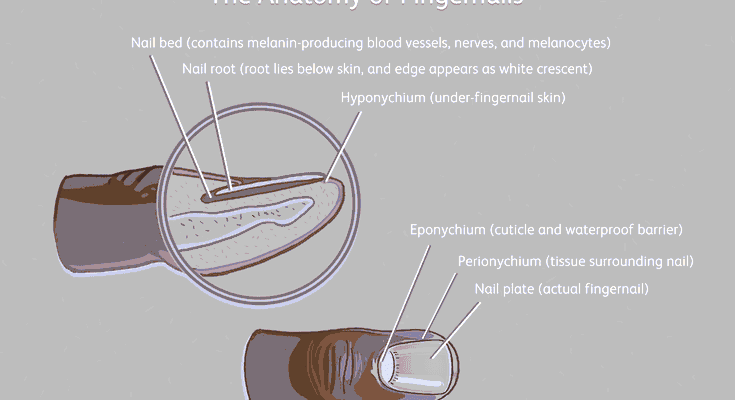What is the Importance of Nail Technology?
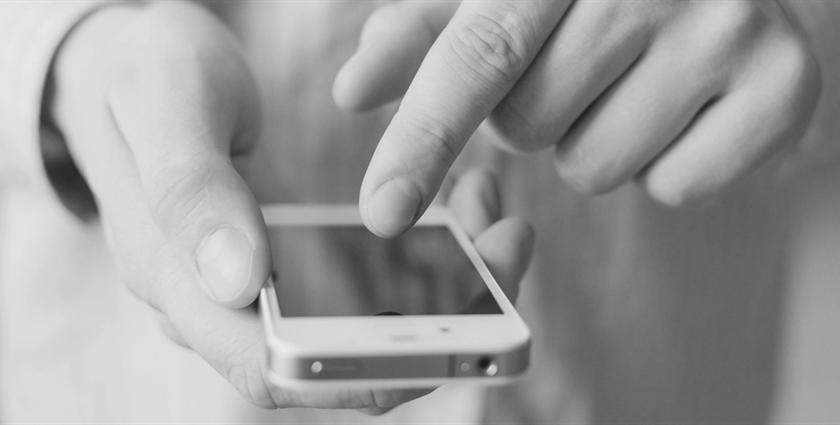
If you have ever wondered what nail technology’s importance is, you have come to the right place. This article will learn more about this career path, its benefits, history, and the educational requirements for pursuing this career. After reading this article, you will be well prepared to take on a career in this field. The following article will help you make the best decision for your future. You must know what to expect when studying nail technology.
Benefits
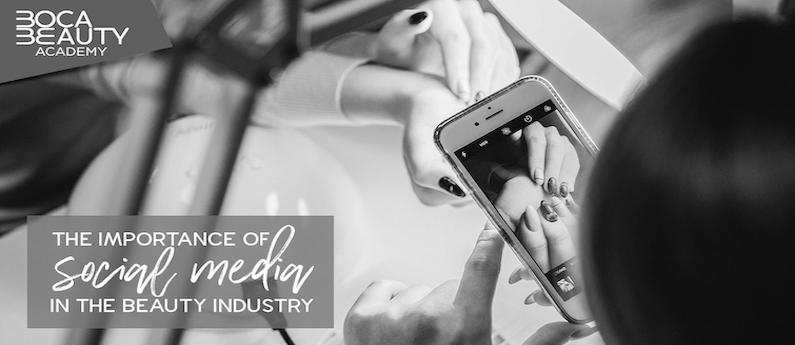
If you’ve always enjoyed making people feel beautiful, you can now make a career. Nail technology is a field where you can make money indoors. You can work for yourself and set your hours. You can work as little or as much as you want. As a bonus, nail technicians get to meet people from all walks of life. As a nail technician, you’ll have a lot of different clients to meet every week.
Getting a license in this field has many benefits. Most states require that nail technicians take at least 500 hours of training to become licensed. That’s not nearly enough time, and many students can’t afford the training without help. However, you can always join a professional organization and get professional liability insurance. Additionally, you can subscribe to a nail technology magazine and enjoy other money-saving discounts. As a bonus, you can also take advantage of various social events and get in touch with other nail techs.
A career as a nail technician is a great way to be creative and serve the public. With a growing demand for nail techs, this field can offer an excellent career option. Training is relatively inexpensive and can be completed in a short period. With the right experience, you can earn good money while helping people feel beautiful. You can even start your nail salon if you have the passion. While working in a salon is not for everyone, there is still plenty of room for advancement.
The pay for a nail tech job is typically low. It makes it challenging to save for retirement, and it may not be possible to obtain a loan from the bank. Many nail techs don’t have health insurance, so you will have to go into debt to cover your bills if you get sick. As a result, the salary for a nail technician is too low to fund a retirement. It is also hard to save for children’s education – if you are not prepared for it, you’ll be working for a low salary.
History

The history of nails starts in the mid-1800s. The “Sitts Method” of nail care becomes popular, and women of all social classes begin taking care of their hands and nails. The Barber Supply of America, a nail industry trade association, promotes nail technicians in the early 1900s. The association’s first convention, held at the 1904 St. Louis World’s Fair, brought distributors and manicurists together to develop business relationships. After this convention, nail technicians gained popularity.
In the early nineteenth century, manicures first became fashionable in America. Aristocratic women tended to wear long, almond-shaped nails tinted with egg white, gelatin, and beeswax—d for displaying their royal nails. Nail care was a social status symbol for aristocratic women, and they started using henna dyes, egg whites, and wax to decorate their nails. Warriors and aristocrats often wore jewel-encrusted nail guards.
In the early 1900s, nail technicians began offering polymer powder and monomer liquid services. In the same year, Jeff Pink invented the French manicure and a product called Ridgefiller that smooths out ridged nails. Square-shaped nail tips came into fashion, and manicures included jewels and decals. As the industry continued to evolve, UV gel systems became popular, and nail technicians found themselves with more choices than ever before.
Despite the widespread popularity of artificial nails, many people still avoid getting their nails done because they are afraid of the discomfort. Nail care experts say that the pain associated with these fake nails can be severe, and they may even be dangerous if improperly maintained. However, nail technicians are aware of the risk of infection, so it’s best to choose products tested for safety. It’s also best to select products that have a guarantee of effectiveness.
Career outlook
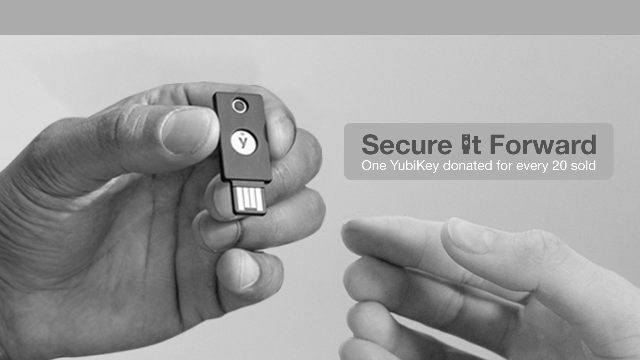
The average U.S. resident works into their 60s, and the career outlook for nail technicians is excellent. This low-stress job offers an outstanding work-life balance and good job prospects for advancement. With an excellent salary and career outlook, this job will be in high demand for years to come. Below are some of the benefits of becoming a nail technician. Also, read on to learn more about the job requirements.
A significant advantage of becoming a nail technician is that you do not have to pay for college, and you will not accumulate student loan debt. However, if you’re personable, hard-working, and good at customer service, this job can be more difficult. While there are specific skills and experience that will help you get ahead in the field, there are many downsides to this job. If you enjoy working with people and want more independence, you can open your salon or specialize in one area.
School requirements

If you are thinking of starting a career in the beauty industry, a nail technology course can help you achieve your goal. The course will cover various topics, including anatomy, microbiology, nail technology, and safety. Students will also learn about business matters and salon ownership. In addition, you will gain hands-on experience in the nail industry by practicing on mannequins. You will also need a nail technology kit for your new career.
The duration of a nail tech training program varies from three to nine months, but most people get their license in less than a year. It depends on your state, as some require just 200 hours of training, while others require 750 hours. A good program should allow you to meet the training requirements for your state. You will likely need a high school diploma or GED to become a nail technician. In addition, you can get a job doing more than just nails in a salon.
To become a nail technician in Arizona, you must pass the required exam. The course will teach you the basics of nail technology, infection control, and the chemicals used in artificial enhancements. You will also learn about sanitation and business management. As a nail tech, you will need to have a social security number to be employed. You must also have a good knowledge of the laws regarding the industry. Taking an online course will prepare you for the licensing exam, but a practical education is essential to gaining a license.
Nail tech schools may vary in terms of cost. Some may be free, while others charge thousands of dollars. Some programs cost up to $10,000. Depending on your choice, your tuition can range from $2,400 to $4300. You should make sure to look for one that is accredited and has the minimum requirements necessary to be a successful nail technician. You can find more information on the educational needs in your state by researching the different schools available online.
Can Toothpaste Get Rid of Ridges in My Fingernails?
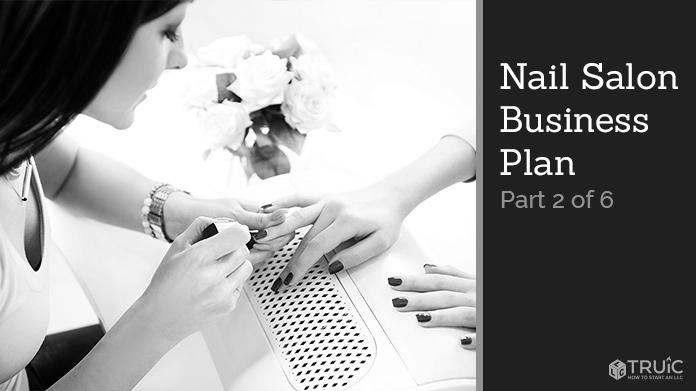
Before you use toothpaste to treat ridges, read the ingredient label. It is best to consult a medical pedicurist for advice. Also, make sure to brush your fingernails before you go to bed.
Brushing in the morning
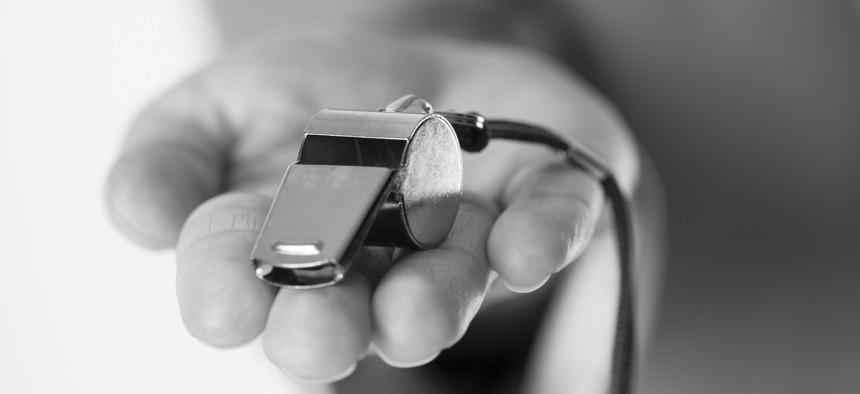
If you’ve ever wondered whether brushing your fingernails in the morning will remove ridges on your nails, then you’re not alone. A common problem is the ridges on the fingernails, which can signify health problems. Some of these ridges are harmless and can occur as we get older or due to stress on the nail plate. Others, however, can indicate a severe underlying medical condition.
If you’ve noticed that you’ve developed ridges on your fingernails, you might be suffering from a vitamin deficiency or other health problem. While vertical cliffs are perfectly normal, horizontal ones are more concerning. Deep horizontal ripples on your fingernails could indicate an underlying health condition, including vitamin deficiency.
Besides brushing in the morning, a well-balanced diet is a great way to keep your fingernails moisturized and free of ridges. For example, the Mayo Clinic recommends that people consume about 20 percent of their daily caloric intake from healthy fats, while 45-50% should come from healthy carbohydrates. It would help if you brushed them in the morning before you get into bed for healthy nails.
You can also buff your fingernails to minimize the appearance of ridges. A good nail buffer will file your nails to a smooth surface, allowing the banks to be virtually invisible. It will help you avoid damaging your nails by exposing them to more trauma, leading to breakage. Using a nail buffer, such as the Deborah Lippman four-way nail buffer, is a great way to minimize the appearance of ridges on your fingernails. Use a buffer with four different settings for buffing, and make sure to buff in the same direction as the growth of the nail.
Keeping your nails hydrated

To avoid ridges, make sure your fingernails are well-hydrated. Dry nails are prone to splits and bulges. Dehydration is one of the most common causes of fingernail ridges. Drinking enough water and moisturizing your hands after harsh nail products will prevent this condition. Also, consider using nail and cuticle oils. These oils will replenish natural oils in your body and help nail growth.
Keep your nails hydrated. A healthy pin reflects the color of the nail bed. While vertical ridges are regular, horizontal ridges may signal a health issue. Deep horizontal ridges, known as Beau’s lines, may be caused by several factors, including unmet nutritional needs or drug reactions. If you notice these lines, it is recommended that you consult a dermatologist.
The best diet for healthy nails includes foods rich in vitamins and minerals. Vitamin E, an essential vitamin for healthy nails, can help protect the keratin in your fingernails. Eat plenty of vegetables and fruit and avoid refined sugars and alcohol. Vitamin E is responsible for the flexibility and strength of your nails. It’s also beneficial to moisturize your cuticles and apply cuticle oil daily.
Another way to get rid of ridges in your fingernails is to keep them well-hydrated. A dry, dehydrated nail can lead to several health problems, including cancer, and your nails can develop ridges if you are not taking good care of them. Try preventing dry, cracked fingernails by keeping your nails adequately hydrated.
Avoiding nail polish removers

There are two main types of nail ridges. Horizontal ridges are less common and are commonly caused by trauma to the nail matrix, which can be caused by picking nails, jamming the cuticle back, or getting caught in a door or conveyor belt. These ridges are produced in the matrix and become a part of future nail plates.
A nail hardener or biotin is also beneficial for strengthening brittle or weak fingernails. Avoid biting your nails, which may cause infection. Likewise, avoid picking your cuticles. Choosing them can lead to dry skin and frayed cuticles. If you habit of biting your fingernails, use cotton gloves to prevent infections.
If you go to a nail salon for a manicure, they usually include ridge fillers. If you’d like to save money on a manicure, you can consider going without nail polish altogether. It keeps the drying chemicals off your nails, but you’ll also avoid acetone-based nail polish removers that strip moisture from your nails.
Hydrogen peroxide
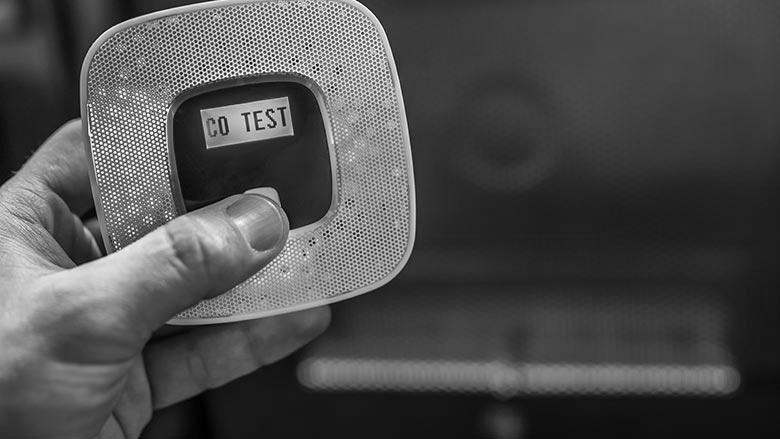
You may be asking yourself: How does hydrogen peroxide toothpaste get rid of ridges in my finger aches? Well, this toothpaste contains baking soda and hydrogen peroxide. Apply the paste to the fingernails, leave for three minutes, then rinse. Repeat ten to fifteen times a day.
Another natural method is hydrogen peroxide toothpaste. It contains hydrogen peroxide, is a mild antibacterial and is easy to find under your sink. Soak your fingernails in the mixture and rinse thoroughly to remove any leftover polish. It will also help remove stains. It may be a good idea to get rid of hangnails, too.
Those with blue/green fingernails should avoid using hydrogen peroxide. It doesn’t work well alone and is terrible for the skin. Hydrogen peroxide is also a common ingredient in whitening toothpaste, which also tends to cause chromium stains. For this reason, hydrogen peroxide is a poor choice. But if you’re desperate to get rid of ridges in your fingernails, this solution may be the right one for you.
Vitamin E

If you’re asking, “Can Vitamin E in toothpaste get rid of ridges in my fingernails?” then you’re not alone. Despite the common belief, nail ridges are not just cosmetic.
One of the first steps to prevent nail ridges is to eat more Vitamin E. Vitamin E is naturally present in most toothpaste, so using it on your nails can have a beneficial effect. Using toothpaste with Vitamin E daily will help remove nail ridges. It also contains a powerful antioxidant called niacin. This ingredient can help you fight against the banks that are causing the appearance of bumps in your fingernails.
Another solution to nail ridges is to apply cuticle oil. This solution is effective for both nails and cuticles. A cuticle oil made of cucumber cuticle extract, evening primrose oil, and vitamin E oil is ideal for cuticles. This oil can hydrate the surrounding skin and strengthen your fingernails. Vitamin E is an antioxidant and can fight invading bacteria.
Vicks VapoRub
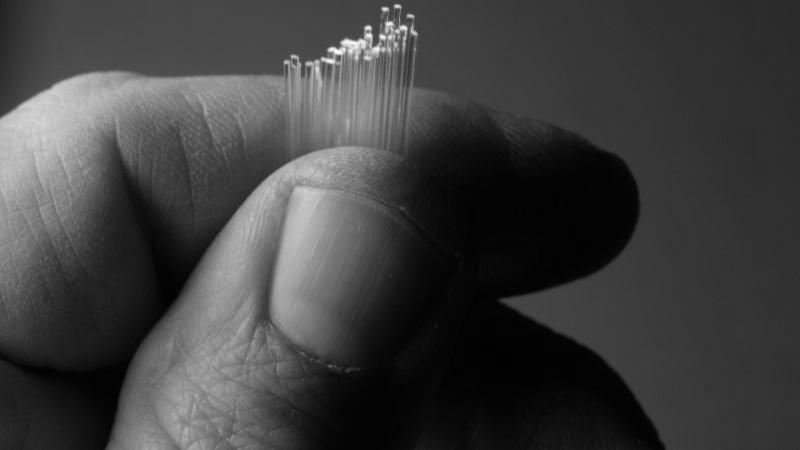
Using Vicks VapoRub for rheumatoid arthritis can help eliminate the discoloration in your fingernails. The topical ointment is best applied twice a day and should continue to be used until the nails grow back typically. It can take anywhere from three to six months. This treatment can also help with the symptoms of toenail fungus.
The vapor rub works best if the nails are thinned. The thinner they are, the less resistance they face when being rubbed. Applying the product to the affected toenail two or three times a day for 15 to 20 minutes may be helpful. For thicker toenails, you should consult a doctor. Another effective treatment for thick toenails is using Vicks VapoRub.
A home remedy for thickened fingernails can include applying vinegar or tea tree oil to the affected area. Home remedies for this condition can help reduce swelling and pain, but the effectiveness of these methods is still questionable as they can cause skin irritation. Some people use a topical urea cream to soften thickened fingernails without a prescription.
